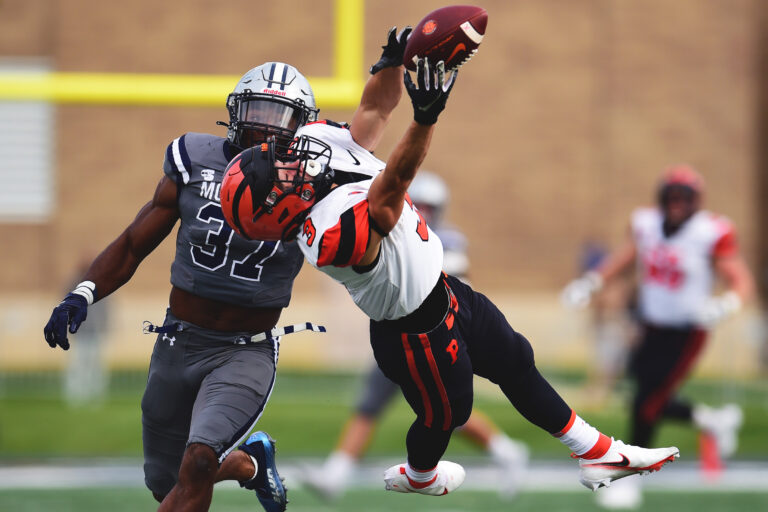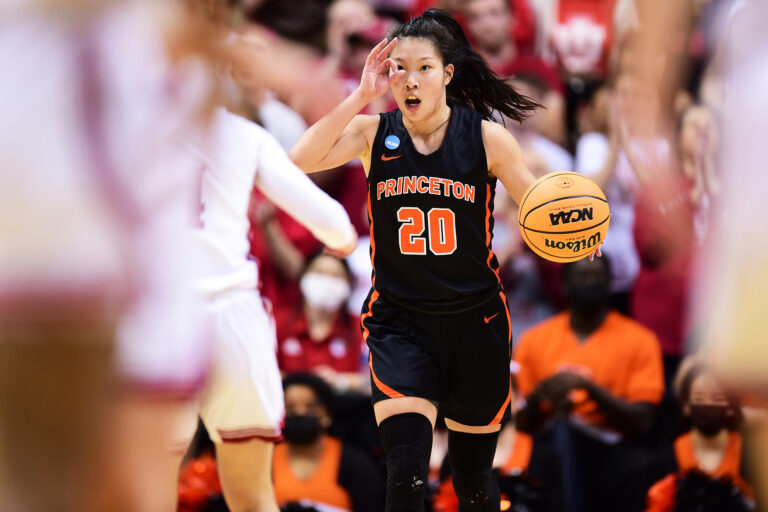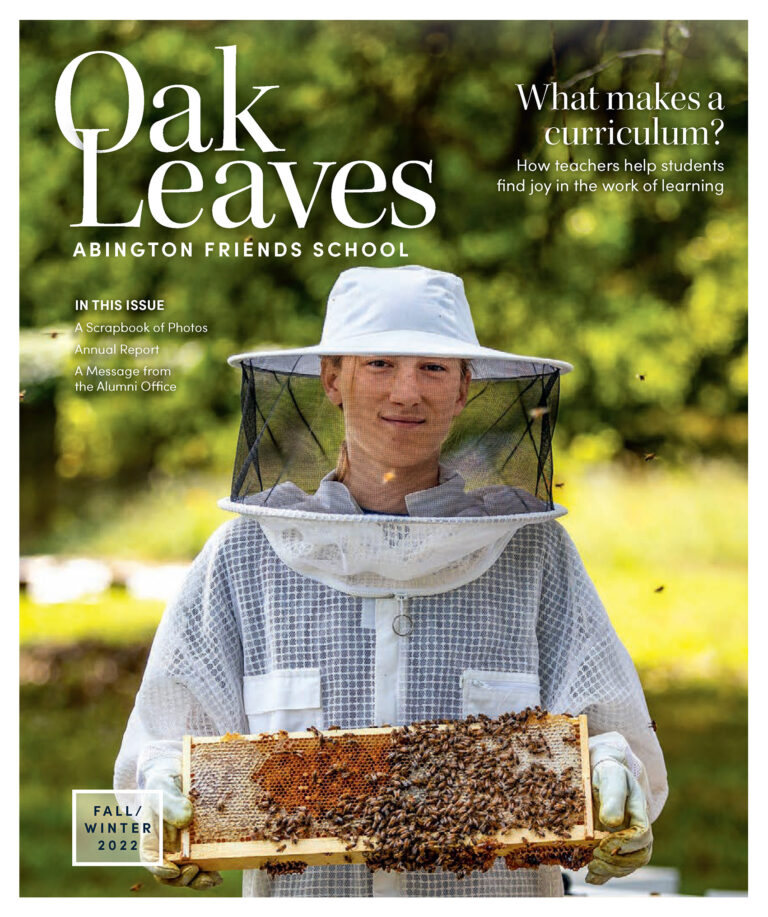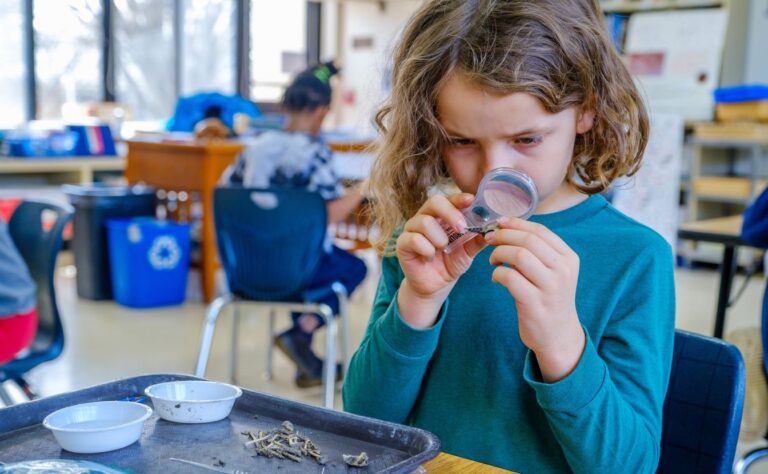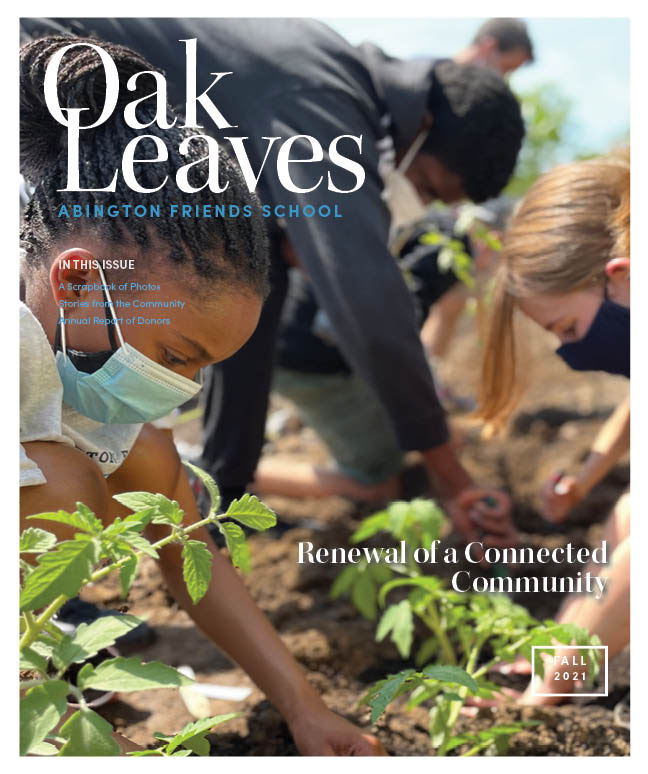From Dark Room to Digital: Ryan Samson ’07 on Embracing Change in Photography
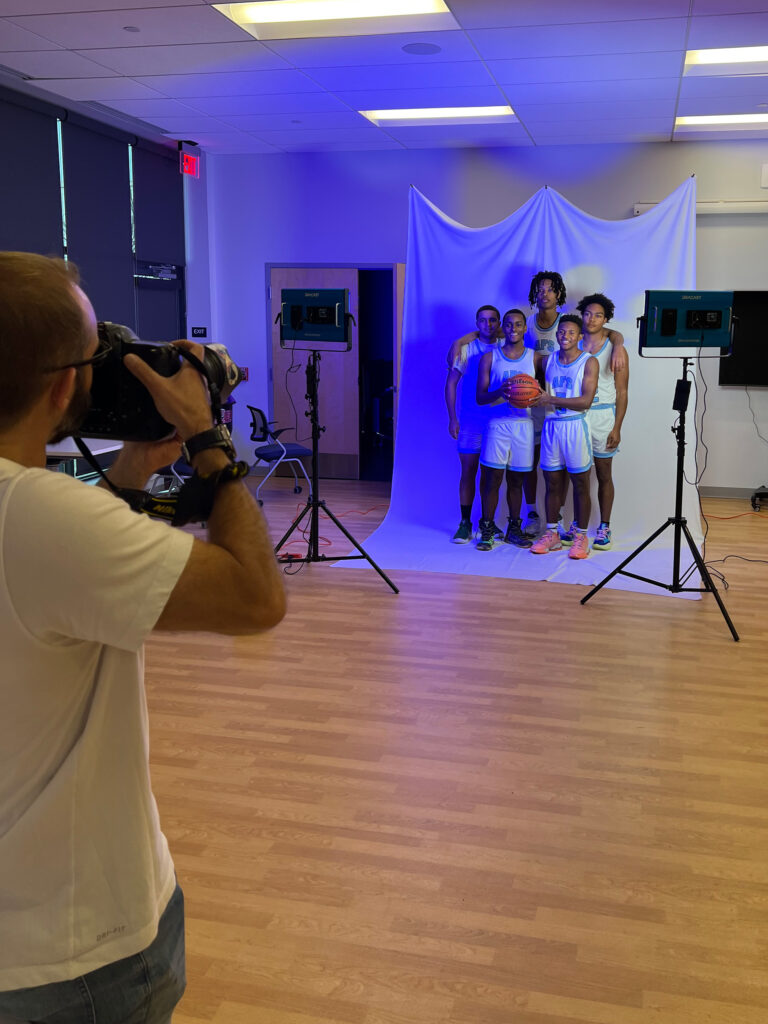
As a professional photographer working with high-end equipment capturing professional athletics events, Ryan Samson has deeply felt the massive shifts in the field of photography since he graduated from Abington Friends School in 2007.
“Now you can take an award winning photo with an iPhone,” he admits, “But the gear I have makes it easier for me to do my job at exponentially crazier levels. I don’t even think most students today know what film is. Do they still teach film at AFS?”
Yes they do, explains Upper School Photography teacher Donna Russo. Donna has taught at AFS since 1995, and in that time she’s seen plenty of disruption hit her field. She taught Ryan the foundations of photography in high school: composition, lighting, depth-of-field, color balance. Those fundamentals have stayed the same—it’s the technology that’s grown by leaps and bounds.
“There’s a lot less dark room, because that’s not the camera that everybody goes to use right away,” Donna explains. “It used to be that everybody’s parent or grandparent had a film camera, right? But a lot of kids today don’t even have digital cameras.” She holds up her smartphone and waves it around as if to say, Why would you? “So I try to provide opportunities for kids to experience different ways of making images, including the dark room. I think part of our job as teachers, and as art educators, is to use current technologies. It’s one of the things that I love about photography: It is constantly evolving.”
Ryan follows Donna’s optimism in not being afraid of the changes that have been happening in photography: He knows he has to embrace them. Today, Ryan works with Greg Carroccio at Sideline Photos, a sports photography firm that shoots everything from Princeton’s College Basketball to the Philadelphia Union. Greg was his mentor during his Senior Independent Project at AFS, where he first became enamored with action photography. Shooting still frames of subjects in motion requires a lot of prep work, knowledge of the space, and a bit of luck, too. (“I’ve messed up enough frames in my career to know that some shots and angles just aren’t going to work,” Ryan says. “If you’re benchside at a championship game, the players are going to run directly in front of you, so you’d better step off a bit to the side and stay mobile.”)
Of course, Ryan has worked with a lot of photographers who refuse to use digital equipment. (He calls them “oldheads”.) But for him, it’s all but necessary.
“I shot 7000 photos at two lacrosse games last night,” he tells me. “There’s no way that’s happening with film. I finished those photos, took my newborn daughter from my wife, and proceeded to stay up until 4 in the morning with her editing.”
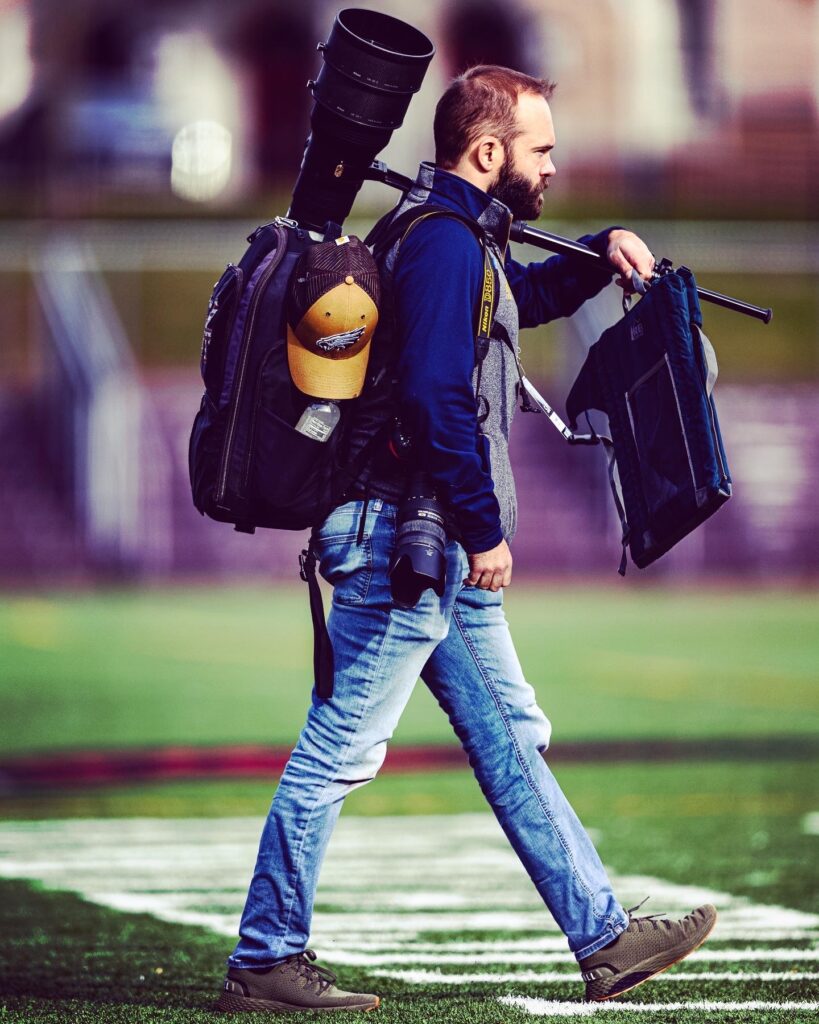
Ryan would argue that most of the photography he takes, even at weddings, is technically action photography. “It’s looking at a situation, predicting what’s going to happen, and then making the best of it,” he says. “I shot a wedding years ago where the bride told me she didn’t want any candids. And I told her, That’s great, I will absolutely take those posed photos. But it’s not that hard for me, if I’m ready, to take some candids on the side.” Sure enough, Ryan explains, her favorite photo to this day is a candid that he had kept his eye out for, just in case. “It’s her and her husband, it’s pouring rain, he’s running after her with an umbrella, and she’s got this massive smile on her face.”
He leans back, deep in thought, as if the image he’d captured is being developed once more in his mind. “That was it,” he says. “That’s the photo.”
Whether it’s film or digital, Ryan knows that you can’t just wait for that shot to fall into your lap; it requires an active patience, a commitment that might take minutes, hours, days, or weeks. When he says “that’s the photo,” he means it.
He laughs. “When I first started, the oldheads would tell me, ‘You have it so easy: You don’t know what film is!’ But I had just graduated from AFS working like six days a week in a dark room. You think I don’t know what film is?”
But these oldheads are holding onto a kernel of truth: There is something different about film. It’s tactile and physical—more like a painting or a sculpture. Students like Ryan who grew up on the cusp of the transition from dark room to digital have a unique relationship with the form that allows them to bridge these worlds, informed by Donna’s photography curriculum at AFS that allows students to explore the multitude of possibilities that exist just outside the frame.
“Photography’s not just about the digital camera or your phone,” Donna says. She’s no oldhead—she embraces technologies new and old, leaving students ample space to find their passions in digital or analog. “A photograph doesn’t have to be just one picture. And when you take the picture, you can still edit it. And when you edit it, you might not be finished with it.” Donna guides students to “redevelop” digital images in the dark room, or etch them into wood or glass. “There are all kinds of technologies. And I don’t think the ones that we’ve yet to invent and the ones that we have figured out in the past will always be part of an artist’s repertoire.”
A photograph doesn’t have to be just one picture. And when you take the picture, you can still edit it. And when you edit it, you might not be finished with it.
Donna Russo
On a warm April afternoon, Donna invites her Photography II students to join her on a trek out of the classroom—out past the graveyard, past the meetinghouse, and into the artistic landscape of neighboring Alverthorpe Park. As they walk, Donna stops and gazes out into the distance with students as they study the world through the lens.
“I like to ask them what they saw that made them stop,” Donna says. “Did the way the colors pop surprise you? Did unexpected symmetry catch your eye?” This starts the conversation, beginning to frame the story of the photo they have yet to take. “They might be noticing something that I wasn’t paying attention to. And I might see something to add that will complete the shot. We all notice different things.”
Ryan keeps memories of those long walks through nature with his classmates closely in his heart.
“That’s mostly how you start,” he says. “You practice. A few weeks ago, I was going through old photos from high school, the ones I used to think were amazing.” He can’t stop himself from laughing. “Some of them are good, but a lot of them are relatively out of focus. I think I was trying to be artsy. But it was all in the service of practice.”
“That’s really what it takes,” Donna says. “It’s about looking at the kinds of art that you want to make, understanding what makes something good, and then working toward it. You won’t be good at first. You just have to take a lot of bad pictures.”
Ryan and Donna agree, that’s the one thing that will never change. Photography takes time to learn, and more time to practice. Both the dark room and Photoshop teach students that all art requires dedication over long stretches of time, perseverance in the face of failure after failure, and a willingness to be vulnerable to criticism with what you love. And even though most everyone has a phone that, as Ryan says, can capture an award winning photograph, that’s probably not going to happen by accident.
“It’s really such a gift that AFS is so adamant about its arts programs,” Ryan reflects. “There are massive portions of the human experience that require that outlet. I remember just how much emphasis was placed on putting in the effort and how rewarding it was when, even if you didn’t make the best product in the world, you feel like you’re taking steps forward. You keep shooting, ask for critiques, and shoot some more. There is always something good in every experience as long as you’re putting in the work.”
